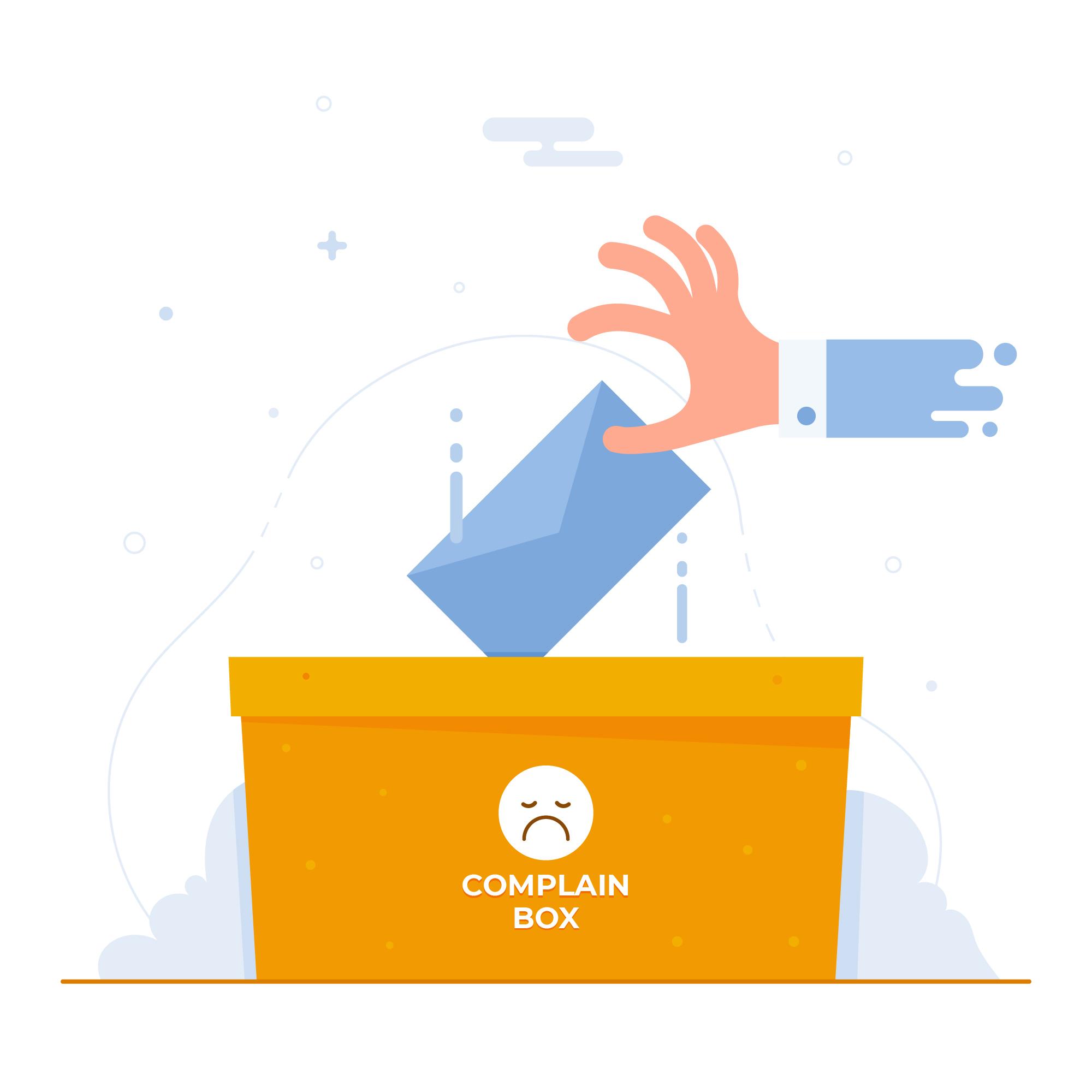5 Ways to reduce Gender Inequality in the Workplace
Despite all the progress we have made over the years, gender inequality in the workplace is still a reality in many countries. From unequal pay to being discriminated against and harassed, women have faced it all.
Gender inequality takes place when a person faces unequal treatment or receives limited opportunities based on their gender. It is a deeply rooted concern that affects education, employment, healthcare, and social interactions.
Women usually experience gender inequality. It puts them at a disadvantage, restricting their access to resources and opportunities. As a consequence, it encourages harmful stereotypes and discriminatory practices, delaying social progress.
In the last few decades, Gender Inequality has prevailed in workplaces all over the world. This is evident in the wage gap that women have to endure, and the roadblocks that men have had to face while completing a task. Women have had a hard time rising in their professional lives and growing in their careers, struggling for merit based accolades that their male colleagues have had very little problem navigating. On the other hand men find it difficult to close deals with clients as compared to women, this too is a part of the gender inequality that exists in the workplace.
What is Gender Inequality?
Gender inequality refers to the differences in opportunities, treatment, and portrayal among people of different genders. In the workplace, it shows up as uneven pay, fewer opportunities to be in charge, and unfair treatment based on gender.
Gender Inequality at Work: How to Tackle Bias
Unconscious Bias Training:
Implementing unconscious bias training is a pivotal step in addressing gender inequality at work. These programs are designed to increase awareness among employees and leaders about the presence and impact of unconscious biases. Organisations empower their workforce to recognise and mitigate these biases. Through interactive workshops and ongoing training initiatives, employees develop the skills and knowledge necessary to foster a more inclusive and equitable workplace.
Structured Hiring Processes:
Establishing structured and standardized hiring processes is essential to reducing bias in recruitment. By implementing clear criteria for evaluating candidates and removing personally identifiable information from resumes during the initial stages, organisations can ensure that hiring decisions are based on qualifications and skills rather than gender. This approach minimises the influence of unconscious biases and promotes a fair and objective assessment of all candidates.
Performance Evaluation Training:
Providing training for managers on conducting fair and unbiased performance evaluations is crucial in tackling bias at work. This training gives managers skills to evaluate employees, focusing on performance and contributions instead of judments based on unconscious biases. Clear and transparent performance criteria help minimise subjective judgements, fostering an equitable evaluation process for all employees.
Promote Inclusive Leadership:
Fostering a culture of inclusive leadership is instrumental in combating bias in the workplace. Leaders play a pivotal role in setting the tone for organisational culture. By working on eliminating biases in their teams, leaders create an environment where all employees feel valued and supported. Encouraging leaders to be aware of their own biases, advocate for diversity, and champion inclusive practises contributes significantly to reducing gender inequality.
Addressing bias in the workplace requires a multifaceted approach. These efforts collectively contribute to building a workplace culture that is fair, transparent, and supportive of the diverse talents and contributions of all employees.




